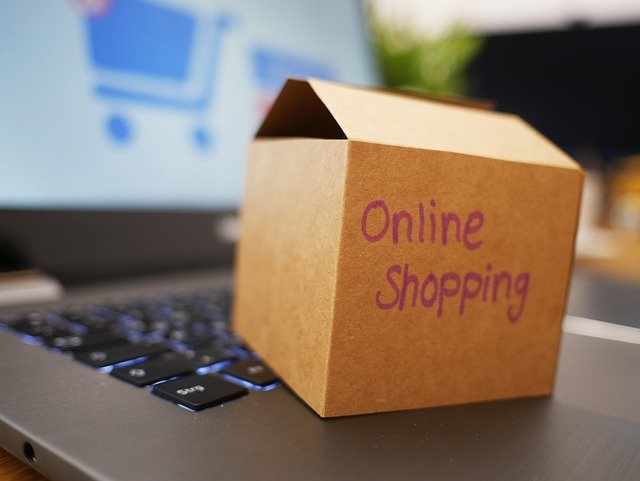Verify seller credibility and product authenticity online
Online shopping offers convenience and selection, but verifying seller credibility and product authenticity requires careful checks. This article outlines practical steps to assess sellers, authenticate items, and account for payments, shipping, returns, and customs when buying from domestic or international retailers.

Buying online widens choice but introduces risks such as counterfeit goods, incomplete descriptions, and unclear seller practices. Start by collecting objective signals: account age, transaction history, detailed product identifiers, and independent reviews. Keep records of listings, communications, and receipts. A methodical approach reduces surprises from delivery issues, hidden fees, or disputes and helps you decide when a listing is worth the risk or when to walk away.
How to evaluate seller credibility on ecommerce platforms?
Examine seller profiles for consistent branding, a verifiable website, and clear contact details. Look at account age, total sales, and response times in message threads. Verified business badges or registration documents on the platform add credibility. Check for transparent policies on shipping, returns, warranty, and taxes. Search external sources for complaints or dispute threads. If multiple sellers list the same SKU, compare listings and consider sellers with stable inventory and long-term presence rather than new accounts offering steep discounts.
How to use reviews and pricing to spot issues?
Reviews help but can be manipulated. Prioritize detailed reviews with photos, measurements, and verified-purchase labels. Watch for sudden bursts of identical five-star reviews or many generic short comments; these may indicate inauthentic feedback. Pricing anomalies are a common red flag: if a popular item is priced far below market value, investigate product identifiers and ask for proof of authenticity. Cross-check prices across known retailers and factor in shipping, taxes, and potential customs to determine if a deal is realistic.
How to authenticate products and inspect packaging?
Confirm serial numbers, model numbers, holograms, and manufacturer markings with official brand resources when possible. Request close-up photos of seams, labels, and packaging details; packaging inconsistencies are often visible even when the product looks convincing in a main photo. For high-value goods, use platform authentication programs or trusted third-party authenticators. Keep provenance documents, receipts, and original packaging photos; these aid both authentication and disputes if the item is not as described.
How to manage payment, security, and customs concerns?
Favor secure payment options that offer buyer protection, such as credit cards, PayPal, or platform escrow systems. Avoid sellers who insist on direct bank transfers or unfamiliar payment apps. Ensure the checkout page is secure (HTTPS) and retain screenshots of transaction confirmations. For international purchases, verify whether prices include customs duties and taxes; if not disclosed, estimate potential fees and import regulations for your country. Consider adding shipping insurance and tracking for higher-value orders to minimize transit risk.
What to check about returns, warranty, sizing, and delivery?
Read return and warranty policies carefully: note return windows, restocking fees, who pays return shipping, and whether refunds are to the original payment method. For clothing and fitted items, consult size charts and user comments about fit; ask sellers for exact measurements when possible. Delivery details should specify carriers, estimated transit times, and tracking availability. Packaging descriptions and review photos reveal whether items arrive protected; fragile or luxury goods may warrant additional insurance or reinforced packing.
Real-world pricing insights and service comparison
Costs to consider include base price, shipping, insurance, authentication fees for valuable items, and customs or taxes. Below is a compact comparison of common services buyers use when verifying and receiving purchases:
| Product/Service | Provider | Cost Estimation |
|---|---|---|
| Standard domestic shipping | National postal carriers (USPS, Royal Mail, etc.) | $3–25 per parcel, depending on size and distance |
| Express international shipping | DHL, FedEx, UPS | $30–200+, depending on weight, speed, and destination |
| Third-party authentication | Marketplace authentication programs, Entrupy, independent experts | $10–200+ per item, varies by item value and service |
Prices, rates, or cost estimates mentioned in this article are based on the latest available information but may change over time. Independent research is advised before making financial decisions.
Conclusion Assessing seller credibility and product authenticity requires multiple checks: profile and policy signals, careful reading of reviews, verification of product identifiers, secure payment choices, and awareness of shipping, customs, and warranty terms. Maintain documentation of listings and communications and prefer sellers and platforms with clear protections and authentication options. A consistent, evidence-based approach reduces the likelihood of receiving counterfeit items or encountering unresolved disputes.





